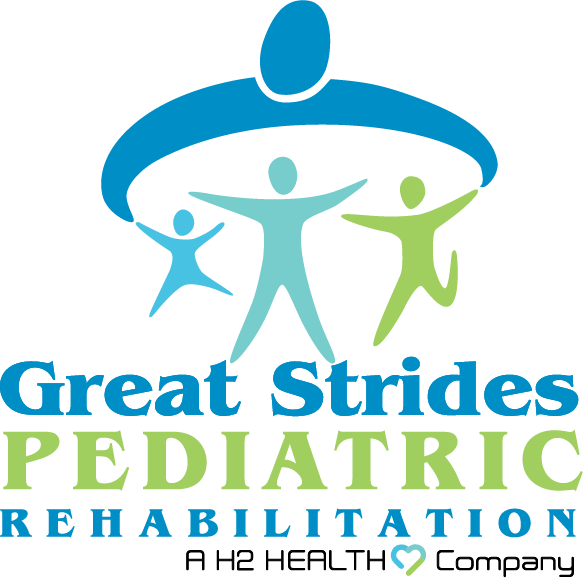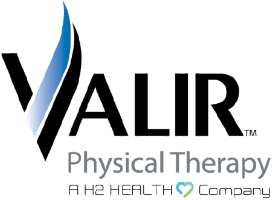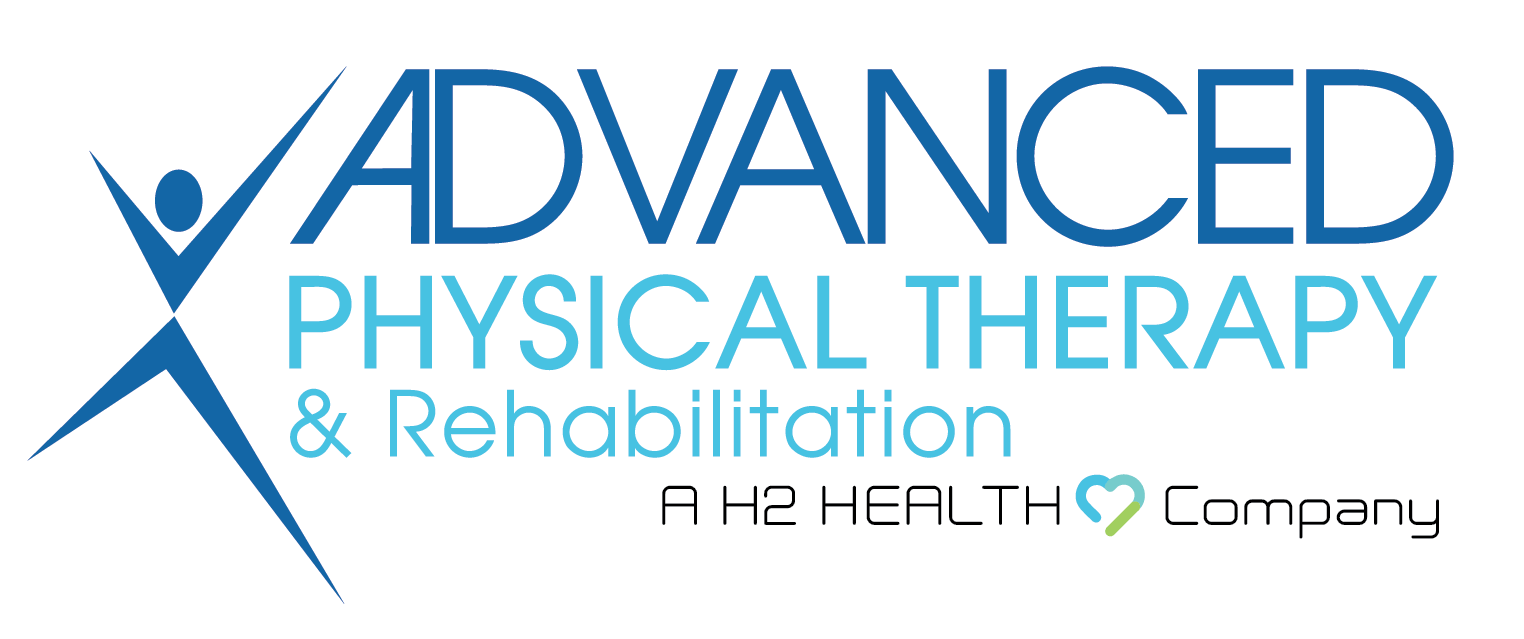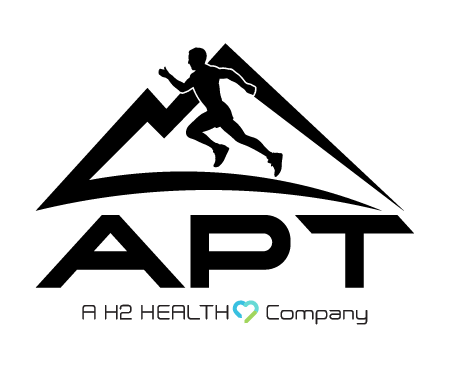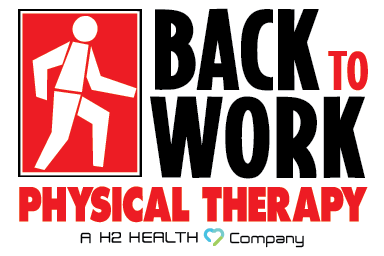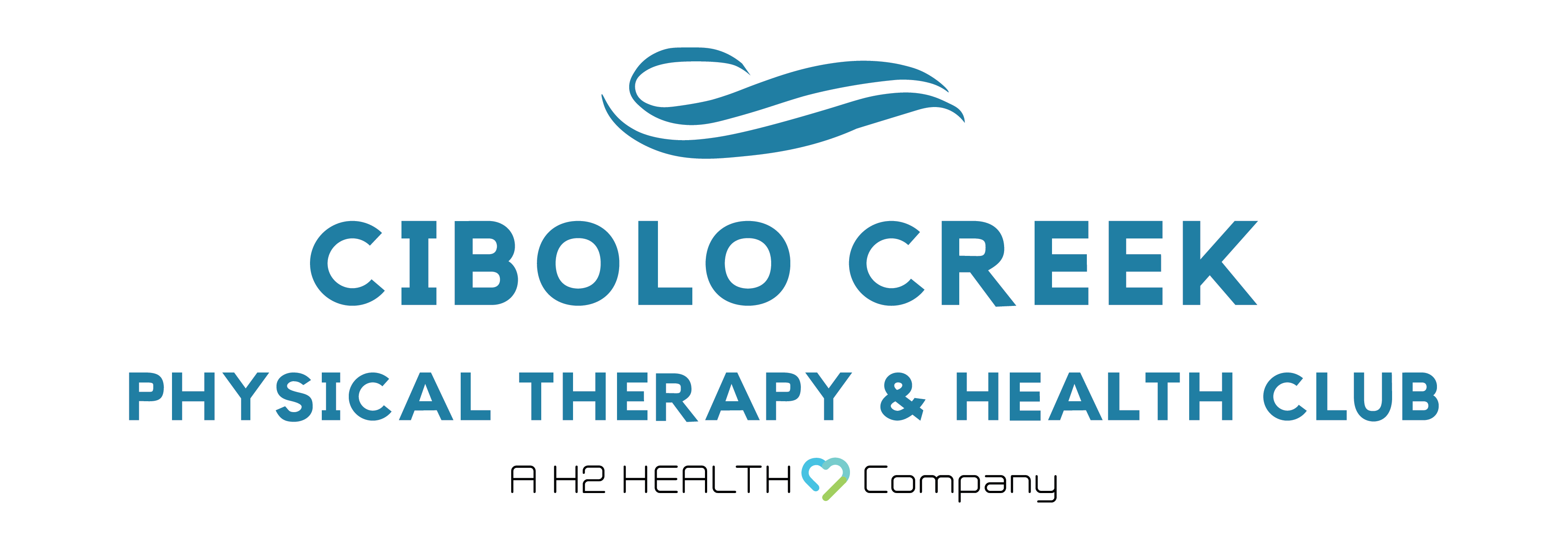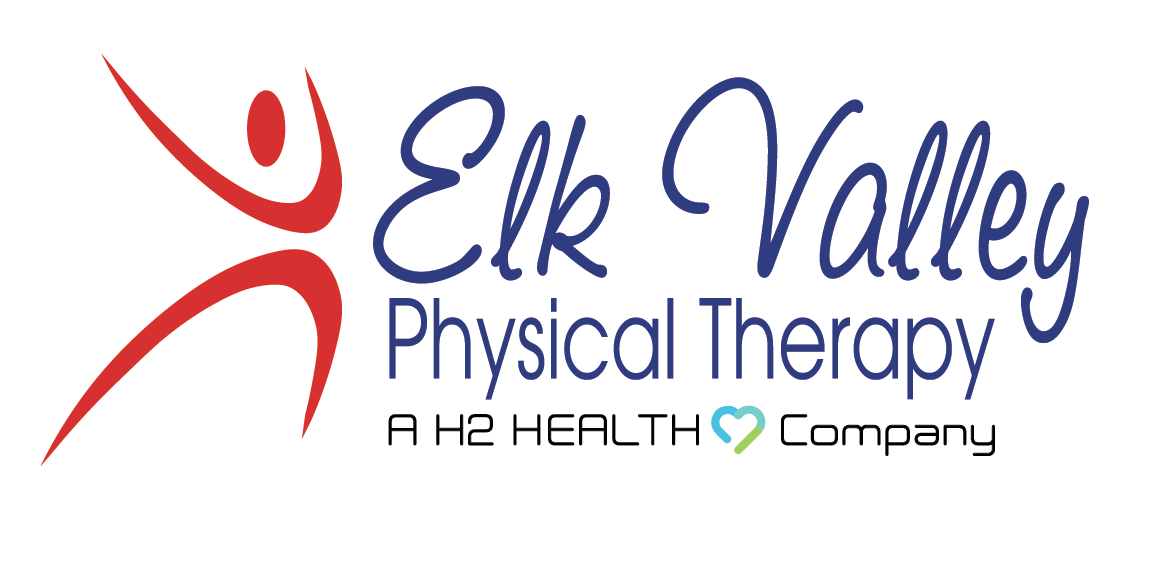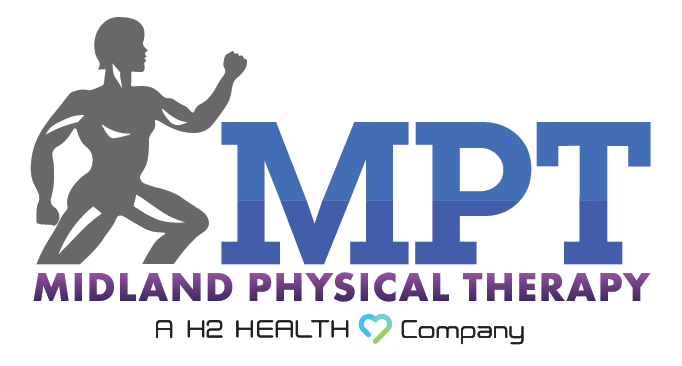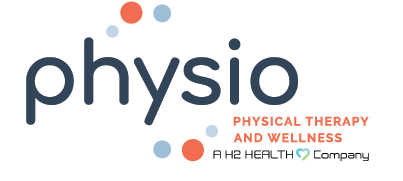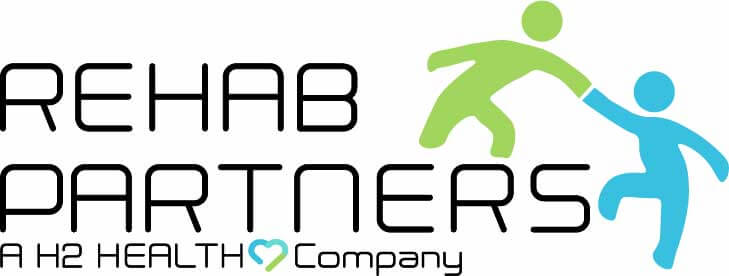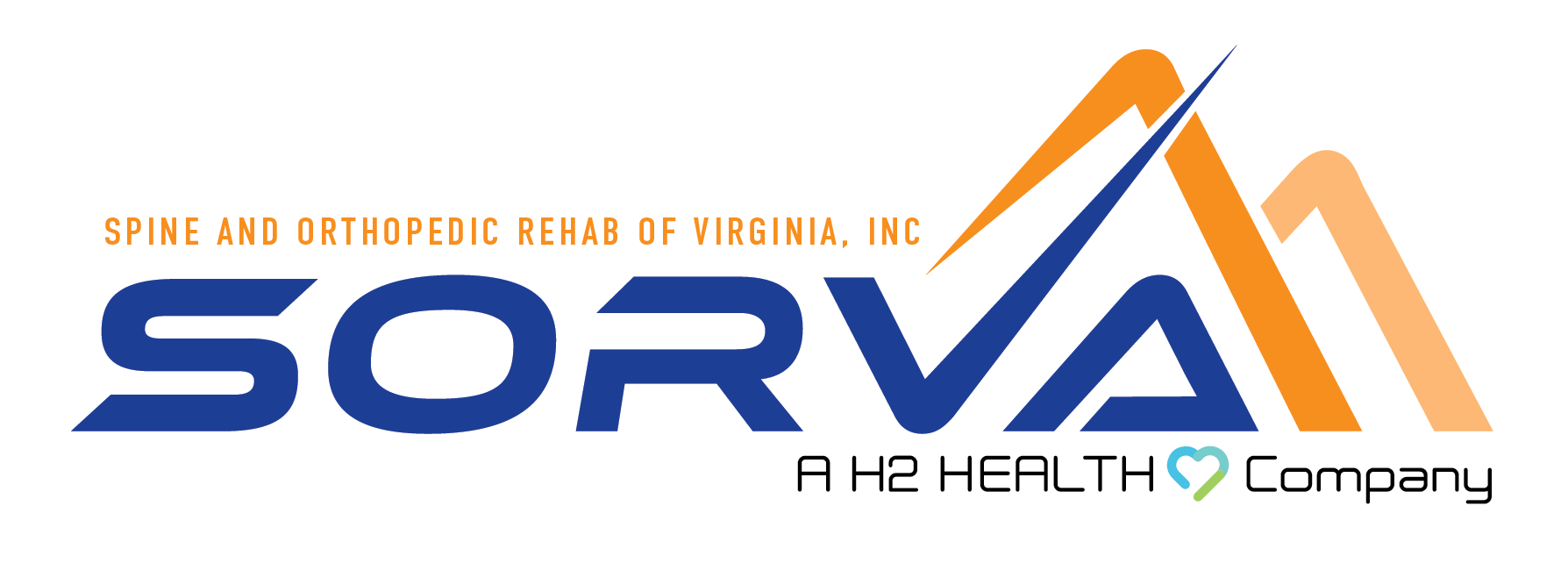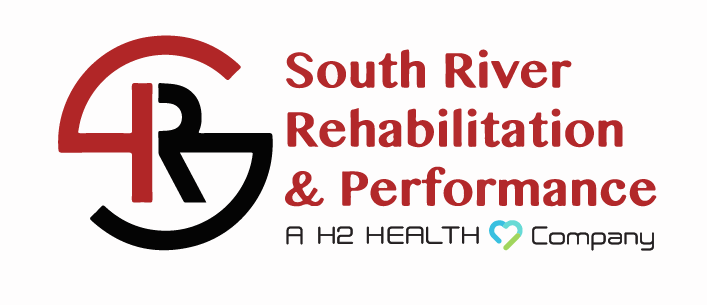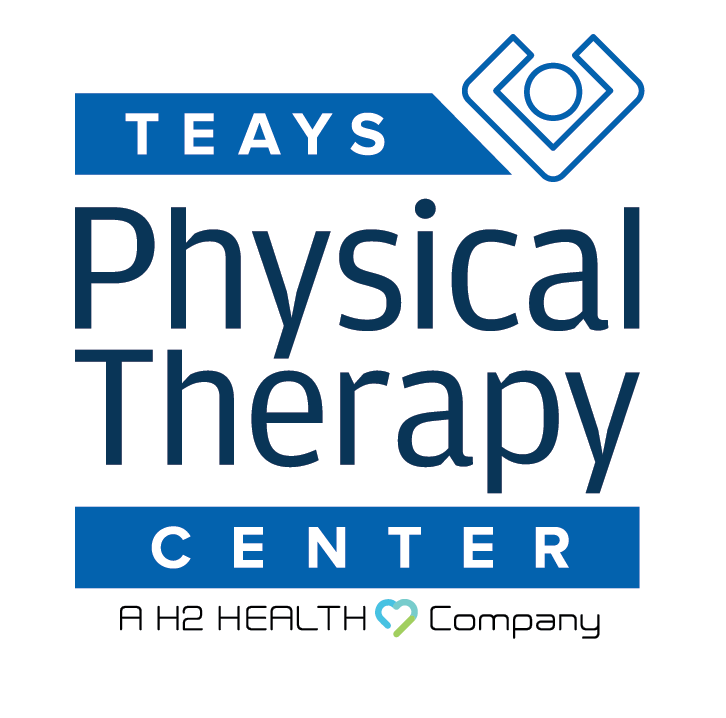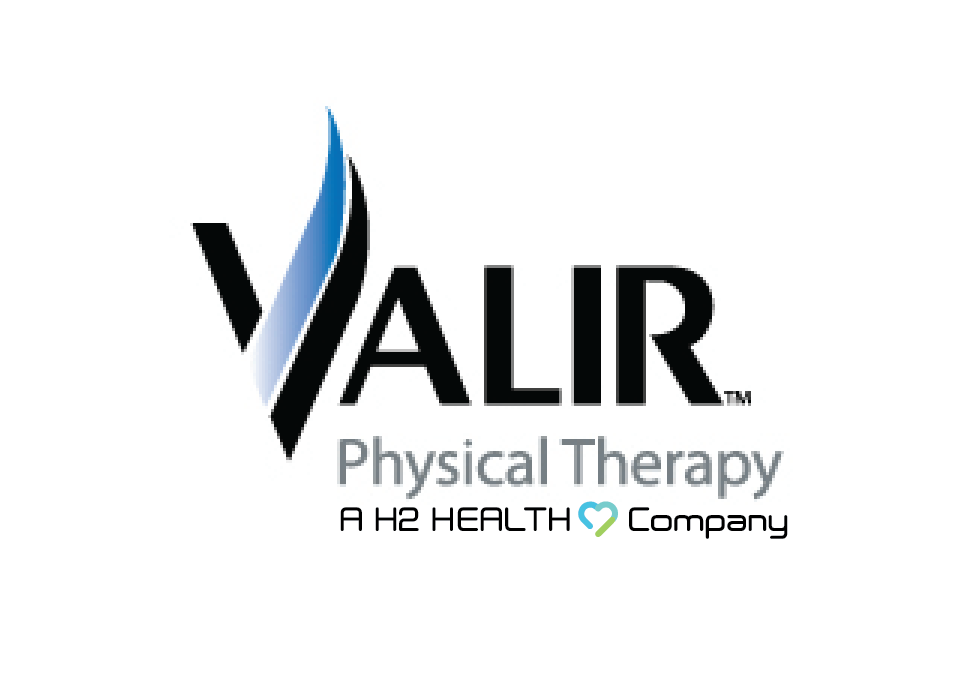
Your hands are a vitally important part of your anatomy, allowing you to perform a wide variety of functions, such as touching, feeling, grasping, holding, manipulating, and more. So, when your fingers and hands are injured, stiff, or racked with pain due to problems such as arthritis, carpal tunnel, fractures, or tendon damage, they require specialized treatment.
Hand therapy is a mode of rehabilitation performed by an occupational or physical therapist for those suffering from conditions affecting the hands and upper extremities. It includes treatments designed to help patients return to a productive lifestyle once again.
It starts with an initial evaluation to determine the specific symptoms you have and to establish the goals you need to achieve. From there, your therapist reviews any prescriptions or treatments you have already started before performing a detailed examination to establish your baseline function before creating a personalized treatment plan aimed at:
- Monitoring and treating any wounds
- Softening any scars
- Reducing adhesions between your skin and affected tendons
- Helping to ensure that nerves glide, tendons slide, and joints move
- Reducing swelling
- Decreasing pain
- Teaching patients with amputations of the fingers, hands, or arms how to be functional
The Benefits of Hand Therapy
Under the guidance of a licensed and board-certified therapist, hand therapy offers the following benefits:
- Treatment without the need for invasive surgery
- Help with managing acute or chronic pain
- Reduction of nerve-related pain
- Sensory re-education after a nerve injury
- Education in-home exercises designed to help with movement
- Customized splints to protect injured bones, tendons, or ligaments
- Instruction on the use of special tools for everyday activities
- Assistance with recovery following surgery
Types of Hand Therapy
Hand therapy specialists help patients improve function through active hand and finger exercises and/or passive exercises. The former is designed to strengthen muscles, while the latter enables the patient or therapist to push a stiff joint to move without the patient using their own tendons and muscles. Strengthening exercises may include the use of putty of different firmness, grippers, weights, TheraBands, and other aides.
Treatment for scars may include taping, friction massage, and the use of silicone putty, sleeves, or sheets.
Edema (swelling caused by excess fluid trapped within body tissue) is controlled with the use of compression garments and wraps, retrograde massage therapy, elevation, and active motion.
Techniques used to control hand pain include:
- Fluid therapy – A high-intensity modality of dry heat that uses a suspended air stream with the properties of a liquid.
- Iontophoresis–A modality that uses electrical stimulation to help administer medication into your body through the skin.
- Therapeutic ultrasound – A noninvasive procedure that uses low-power ultrasound waves to create vibrations and raise the temperature of body tissue in your hand to loosen tight muscles and provide pain relief.
- Desensitization – A technique used to reduce hypersensitivity by re-educating the nervous system.
- Mirror therapy – A method used to improve motor function after a stroke by creating a reflective illusion of an affected limb to trick the brain into thinking movement has occurred.
Hand Therapist in the Greater Jacksonville, Florida Area
The occupational therapists at H2 Health enable people of all ages to live life to the fullest by promoting optimal health and treating all the potential impediments caused by illnesses, disabilities, and injuries. We always custom-tailor our care – which may include comprehensive hand therapy – to individual needs. For more information about hand therapy and our other wide-ranging services, and to schedule, an appointment with your own personal therapist, contact us today at (800) 699-9395 or visit your nearest H2 Health center.

